Hi,
Am looking for help and info on filters that enhance b&w daylight film.
Mainly for portrait work...is there a filter that can yeild a warmish overall feel and give a boost to whites? Any imput would be much appreciated!
Thanks!!:thumbup:
Am looking for help and info on filters that enhance b&w daylight film.
Mainly for portrait work...is there a filter that can yeild a warmish overall feel and give a boost to whites? Any imput would be much appreciated!
Thanks!!:thumbup:



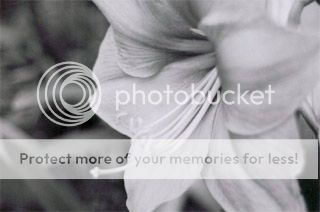
![[No title]](/data/xfmg/thumbnail/35/35265-c9ea3efd2c618a57ea136e63ad106880.jpg?1619736970)
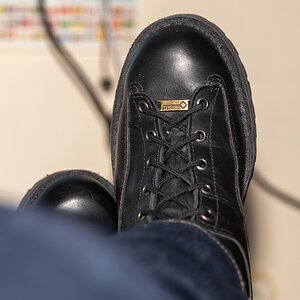

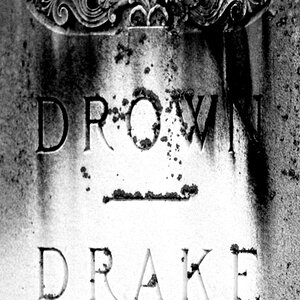
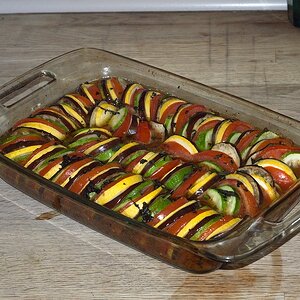
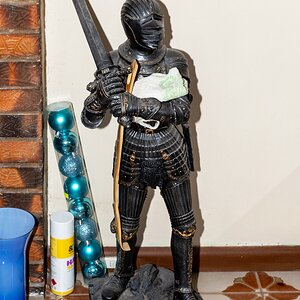
![[No title]](/data/xfmg/thumbnail/33/33031-909b1e1ff8739eef165c60b70c9a6a38.jpg?1619735845)
![[No title]](/data/xfmg/thumbnail/37/37539-ae46a74e6510aad73c9101a029847880.jpg?1619738133)
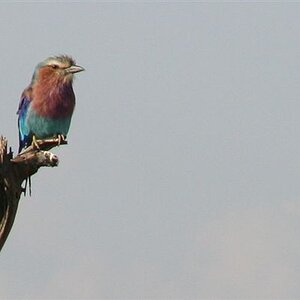
![[No title]](/data/xfmg/thumbnail/40/40309-c759bfd4ae7c079632e7402d21d332f1.jpg?1619739414)